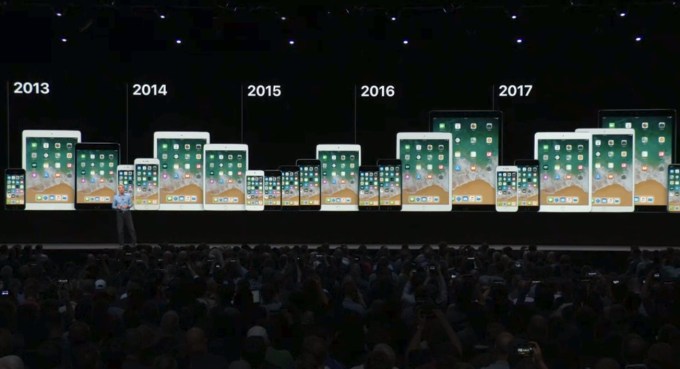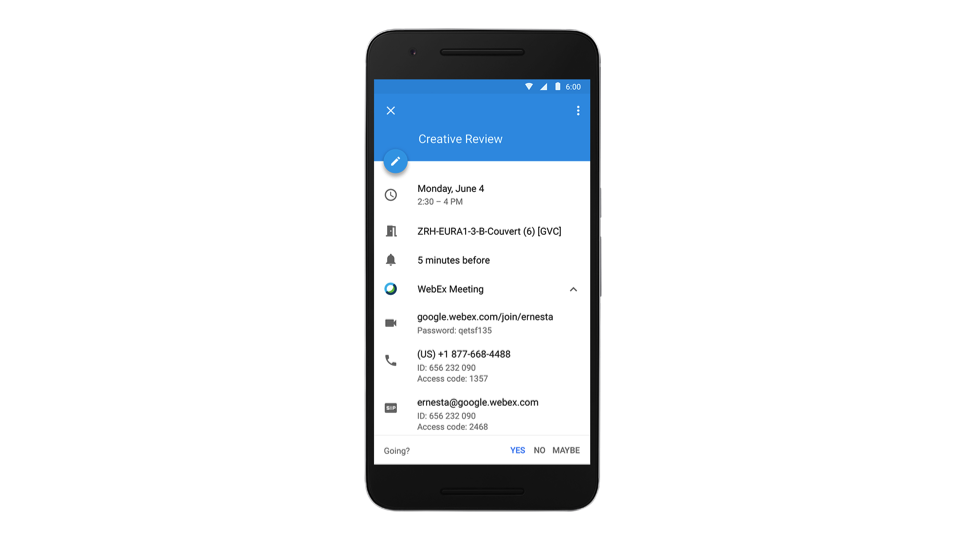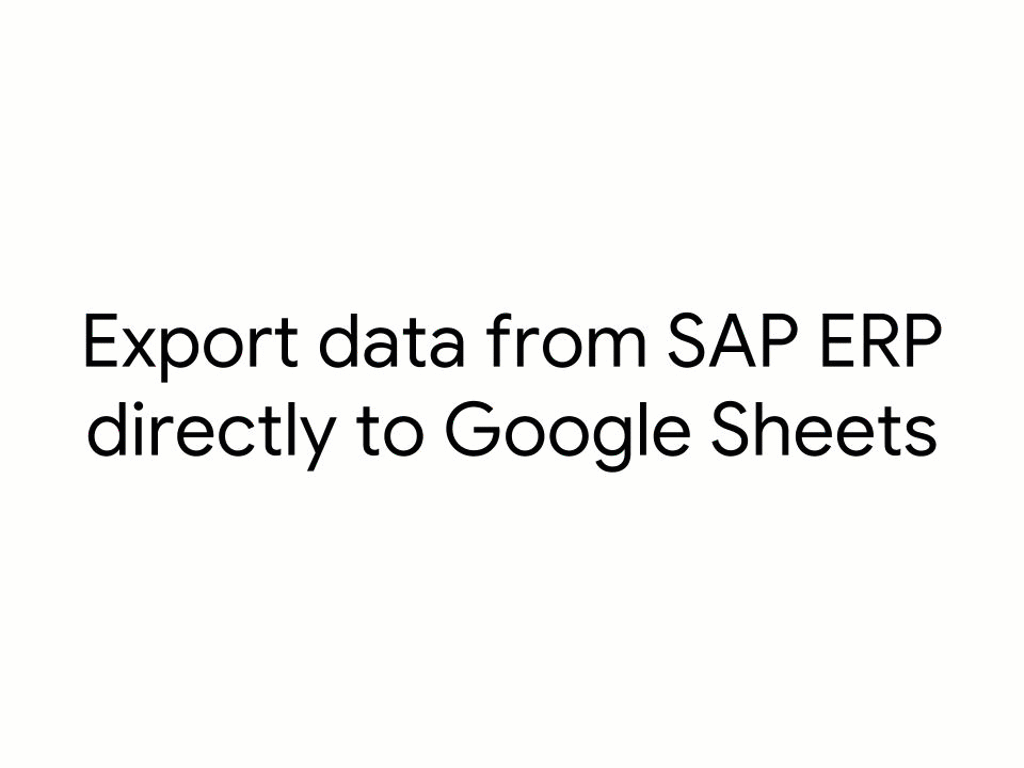Apple says CarPlay will now support third party navigation and mapping apps
Big news for CarPlay, Apple’s in-car service that lets a vehicle’s display act as a controller and ‘reader’ of your iPhone: at WWCD, Apple today announced that it will now let third-party navigation and mapping apps to work with the service. Up to now, Apple only allowed its own mapping app, Maps, to work over CarPlay, but now you can use Waze, Google Maps, Here, or whatever other app you might want to use to get from A to B.
The change marks a big shift for Apple, which is well known for favoring its own native apps and generally a more tightly controlled ecosystem on iOS and across devices. But Maps hasn’t been the most popular mapping app by some measure, even for users of iOS. This is in a sense is a tacit acknowledgement that iPhone owners are using a wide variety of other services, and so to get CarPlay used more, this needed to be enabled.
Apple says that most major vehicle manufacturers are partnering with Apple to incorporate CarPlay, which gives iPhone users in-car access to its phone services, Apple Music, iMessage, Apple Books (new name!) and podcasts, along with a selection of third-party apps like Spotify, Google Play Music, NPR and iHeartRadio, as well as Siri support.
It’s not clear why Apple didn’t extend third-party support for other mapping and navigation apps until now. Perhaps it was to sweeten the deal for more people to use its own Maps app.
It’s not clear how many users there are of CarPlay, nor how many cars are now equipped to work with it, but the hope, it seems, is that with increased usefulness, now the service will see more adoption.



